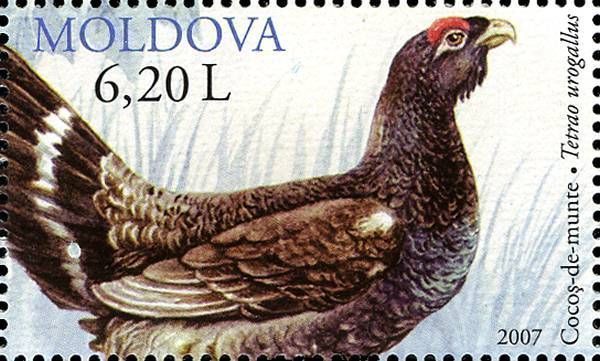Capercaillie (Tetrao urogallus L., 1758), the largest and most size-dimorphic species of grouse, is decreasing in number throughout its man-modified range in the boreal forests of the Palaearctic. Poor reproduction owing to direct and indirect effects of commercial forestry is considered a main cause of the decline. We studied brood habitats in a pristine forest in northwestern Russia to identify key elements in habitat selection in the natural environment of this species. We monitored the movement of 10 radio-marked broods during their first 7 weeks of life, and compared the abundance of insects and cover at their locations (N = 120) with nearby random control sites. The broods preferentially used moist spruce forest and the insect-rich herb spruce forest, but were most often located in the more abundant vaccinium spruce forest, which was richest in bilberry (Vaccinium myrtillus L.) and associated lepidopteran larvae. Brood locations were consistently richer in insects than random controls in 3 of the 4 habitat types studied. The most pronounced difference was in the density of lepidopteran larvae, a food source known to form an important part of the diet of young capercaille chicks. Broods continued to select insect-rich sites throughout the 7 week age period; in the preferred moist spruce forest, larval abundance increased at brood locations, while it remained constant at control sites. Compared to the distribution of insects, cover did not appear to be as an important determinant of brood habitat selection, possibly because the structural characteristics were rather similar among the most widely used habitat types. Shrub cover tended to be higher at brood locations than at controls, whereas vertical cover along the ground was not different. This relationship to cover factors may reflect an adaptation to avoid predation by goshawk (Accipiter gentilis (L., 1758)), the most important predator of grouse in this pristine boreal forest.
Source:
Per Wegge, Thomas Olstad, Håkon Gregersen, Olav Hjeljord, and Andrey V. Sivkov. Can. J. Zool. 83: 1547–1555 (2005)

- Login om te reageren
